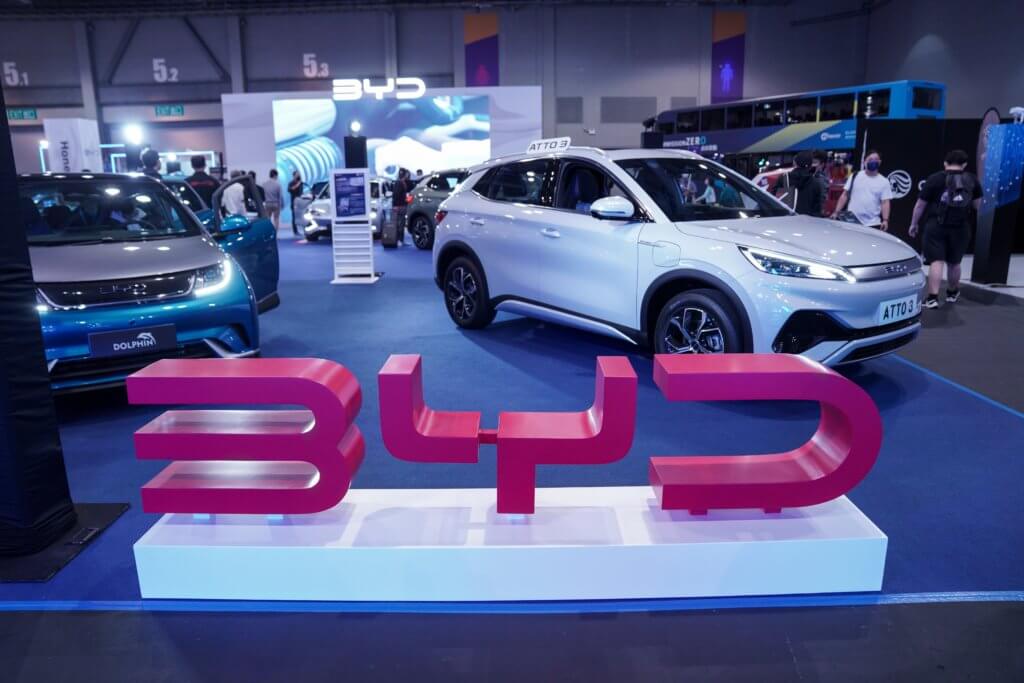China’s light vehicle (LV) market maintained strong momentum in June 2025, with sales increasing by 11% YoY to approximately 2.3 million units.

The growth was primarily fueled by robust demand for PVs, which rose by 12% YoY to 2.1 million units, accounting for 90% of total LV sales. Meanwhile, LCV sales saw a modest 2% YoY increase. On a YTD basis, LV sales from January to June grew by 11% compared to the same period in 2024, supported by the national subsidy program encouraging consumers to replace older vehicles. The seasonally adjusted annualized selling rate (SAAR) for June stood at 30.4 million units, reflecting a 9% decline from May’s figure but remaining at a historically high level.

In H1 2025, the Chinese auto industry showed a trend of “total growth and individual differentiation”, driven by policies and consumption upgrades, with accelerated iteration of core technologies and continuous improvement of industry management. The landscape of the country’s LV market is becoming increasingly defined: BYD and SAIC formed a two-horse race among traditional automakers, while the new forces camp experienced a dramatic reshuffle. The industry is shifting from price wars to value competition, and new energy and globalization have become the core development directions.
Recently, the regulatory authorities have taken intensive measures to address the involution problem in the industry: the China Association of Automobile Manufacturers (CAAM) has issued a number of proposals to standardize data release and intelligent driving publicity, and to stop disorderly competition behaviors such as weekly sales lists. The newly revised Anti-Unfair Competition Law strengthens supervision of price wars, false propaganda and other behaviors. In terms of reshaping the relationship of the industrial chain, automakers responded to policy requirements and unified the payment period for parts suppliers to within 60 days, while some companies shortened the rebate period, which to a certain extent alleviated the financial pressure of small and medium-sized enterprises and promoted the healthy development of the industrial ecology.
In June, China’s LV production reached 2.5 million units, marking an 11% YoY increase, and a modest 5% MoM rise. By model type, PVs—which accounted for 90% of the total LV output—reached 2.4 million units, reflecting a robust 12% YoY expansion. This underscores sustained consumer demand and market vitality. Meanwhile, CV production recorded 257k units, indicating a slight 0.4% YoY decline. Chinese OEMs produced a total of 1.8 million units during the month, achieving a YoY increase of 15%. At the same time, JV OEMs also exhibited an upward trend with growth of 1%. China’s LV output has been growing steadily, driven by both the domestic and overseas markets.
In addition, China’s LV exports reached 554k units in June, marking a 20.5% YoY increase and a 7.1% MoM rise. The growth was primarily driven by PVs, which accounted for 501k units—a sharp 23.3% YoY surge. In contrast, CV exports saw a slight 0.5% YoY decline, totaling 53k units. For H1 2025, China’s total auto exports reached 2.9 million units, up by 9.5% YoY, reinforcing the country’s position as a leading global auto exporter. In terms of competition, Chery Group and BYD Auto are both strong exporters. Chery ranks first with cumulative exports of 544k units in the first half of the year. With its dual-line product layout of traditional fuel plus new energy and a wide network of export channels, it has established brand stability in multiple emerging markets. BYD relies on its strong new energy technology platform and vertically integrated supply system in order to expand rapidly. Its exports in June reached 86k units and its total volumes for the first six months as a whole stood at 443k units, which was only 101k units behind Chery, reflecting its strong momentum for catching up.

US Tariffs are shifting - will you react or anticipate?
Don’t let policy changes catch you off guard. Stay proactive with real-time data and expert analysis.
By GlobalDataIn the first half of 2025, the Chinese auto market showed a diversified development trend in a complex economic environment and fierce market competition. For the second half of the year, the market still faces many uncertainties but also contains new opportunities. Since the old-for-new policy was launched in July 2024, the base number in the second half of this year will be relatively high. The market will also show a mild recovery trend, with a slight increase in overall production and sales, but its structure will be more differentiated. Some brands may be eliminated at an accelerated pace.
Specifically, it is expected that the stimulus replacement demand will be released in Q4. The rush to buy before the scrapping and renewal policy ends, and the expectation of policy decline during the quarter may trigger the “last train effect”, driving sales to surge in the short term. In addition, the popularization of intelligence is driving the demand for replacement. BYD, Huawei and others have promoted the Navigate on Autopilot (NOA) functions by extending it to cheaper models to stimulate the willingness of young consumers to change cars. The decline in technology costs, together with the large-scale mass production of self-developed chips and domain control systems, reduces the cost of intelligent configuration and enhances the competitiveness of vehicle models. Furthermore, the differentiation of enterprises is accelerating, and leading independent brands have consolidated their market shares with the advantages of technology as well as expanding overseas. As such, joint venture brands and slow-transforming car companies are under pressure. With continued growth in exports, production is set to rise steadily alongside.


This article was first published on GlobalData’s dedicated research platform, the Automotive Intelligence Center.





